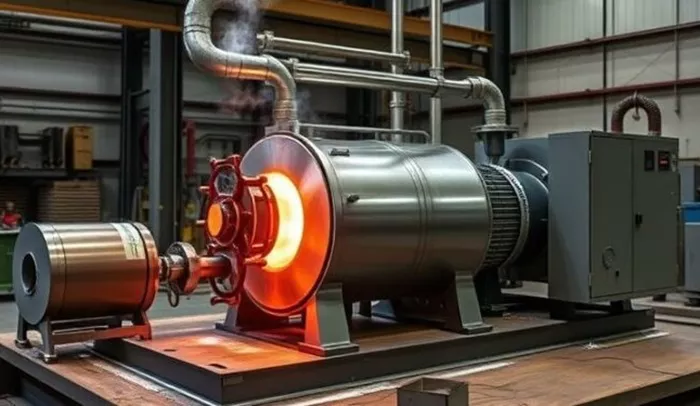Researchers at the Massachusetts Institute of Technology (MIT) have developed a new sodium metal-based power generator that could revolutionize electric aviation. The innovative system uses sodium metal and oxygen from the air to produce electricity. Unlike conventional lithium-ion batteries, this generator can be recharged by refueling it with liquid sodium, much like refilling a gasoline tank.
The new generator consists of three core components: liquid sodium metal, a solid ceramic electrolyte, and a porous air electrode. When sodium reacts electrochemically with oxygen, it generates electricity. Laboratory tests show that the prototype achieves an energy density of up to 1,700 watt-hours per kilogram (Wh/kg). In a more practical, real-world configuration, the system still delivers more than 1,000 Wh/kg. By comparison, current lithium-ion batteries used in electric vehicles typically provide up to 300 Wh/kg.
This high energy density opens the door for using electric motors in regional aircraft. These types of planes account for up to 80% of domestic flights and contribute about 30% of carbon emissions in the aviation sector. By switching to sodium-based electric propulsion, the industry could make a significant step toward cleaner air travel.
The environmental impact of the new technology also offers a major benefit. During operation, the generator emits sodium oxide, a compound that reacts with carbon dioxide in the air. This reaction produces sodium hydroxide, which later turns into sodium carbonate and sodium bicarbonate — commonly known as baking soda. These are useful industrial and household materials. This means the generator not only avoids emitting CO₂, but may also help remove it from the atmosphere.
Professor Yet-Ming Chiang, who leads the MIT research team, says the technology has groundbreaking potential. The team envisions a future where the power system is deployed in the form of swappable cartridges filled with liquid sodium. Since sodium melts at just 98°C, refueling is expected to be a simple and practical process.
In the near future, the team plans to unveil a demonstration module about the size of a brick, capable of producing around 1,000 watt-hours of electricity.
The researchers also highlight the wide availability and affordability of sodium. Unlike lithium, which requires complex mining and refining, sodium can be easily extracted from salt and is already used extensively worldwide. Until recently, the United States alone produced up to 200,000 tons of sodium metal annually, primarily for oil refining.
This new sodium-powered system could mark a major shift in the future of sustainable air travel, offering a cleaner, more scalable solution to power electric aircraft.

